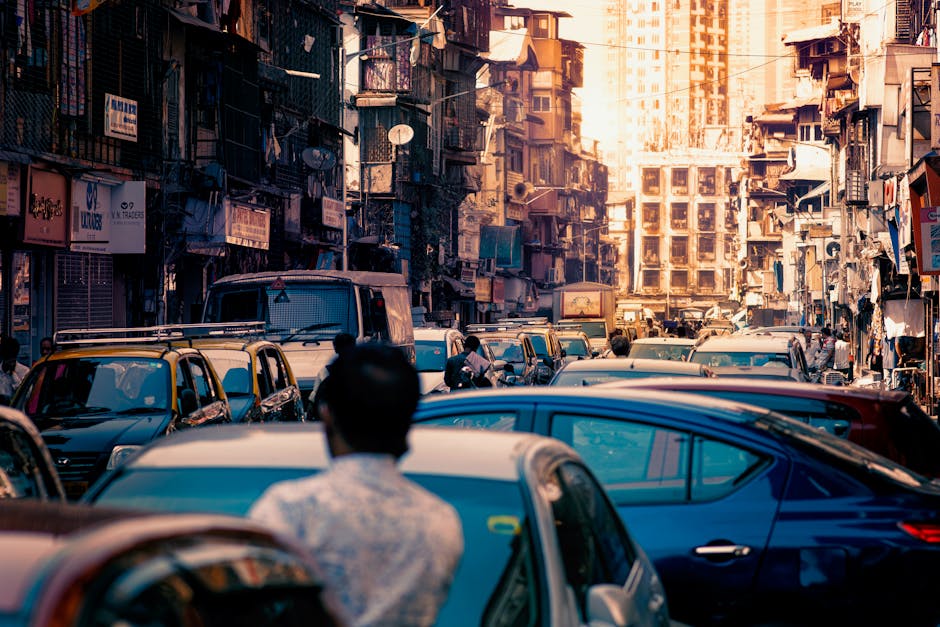Patna Metro: A Fusion of Technology and Culture
Patna, the historic capital of Bihar, is poised to transform its urban landscape with the inauguration of the Patna Metro. Recently flagged off by Chief Minister Nitish Kumar, this ambitious project combines cutting-edge technology with artistic tributes to Bihar’s rich cultural heritage. More than just a transportation solution, the Patna Metro is a celebration of the state’s identity, offering commuters a unique blend of modernity and tradition.
Immersive Experience with 360-Degree Cameras
One of the standout features of the Patna Metro is the integration of 360-degree cameras in its stations. These cameras provide real-time views of the city, allowing passengers to explore Patna’s vibrant streets and landmarks from the comfort of the metro. Additionally, the stations will be adorned with murals and images of Bihar’s iconic cultural and historical sites, such as the ancient Nalanda University, the Mahabodhi Temple in Bodh Gaya, and the iconic Golghar.
During the inauguration, Nitish Kumar highlighted the metro’s dual role as a transportation hub and a cultural ambassador. “The Patna Metro will not only ease traffic but also showcase Bihar’s heritage to the world,” he said.
Enhancing Urban Mobility
The Patna Metro is set to revolutionize urban transportation in the city, addressing long-standing issues of traffic congestion and travel time. The first phase includes two corridors: the Danapur-Khemnichak corridor and the Patna Junction-Mithapur corridor, spanning 31 kilometers with 24 stations. These corridors will connect key areas, including educational institutions, commercial hubs, and residential neighborhoods.
Passengers can enjoy state-of-the-art facilities such as air-conditioned coaches, Wi-Fi connectivity, and dedicated spaces for women and differently-abled individuals. Smart ticketing systems and real-time updates via mobile apps will further enhance the commuter experience.
Commitment to Sustainability
The Patna Metro underscores Bihar’s dedication to sustainable development. The project incorporates eco-friendly practices like energy-efficient lighting, rainwater harvesting, and solar power usage. The metro’s alignment has been designed to minimize environmental impact, with green spaces and tree plantations along the routes.
By encouraging a shift from private vehicles to public transport, the metro is expected to significantly reduce Patna’s carbon footprint. In its initial phase, it will cater to over 2 lakh passengers daily, leading to a substantial decrease in vehicular emissions.
Overcoming Challenges for a Brighter Future
While the Patna Metro is a game-changer, it has faced challenges such as land acquisition issues and construction complexities in a densely populated city. However, the government is committed to completing the project on schedule.
The metro also brings economic opportunities, creating thousands of jobs during construction and boosting local businesses. It is expected to spur real estate development along the corridors, transforming Patna into a more connected and vibrant city.
A New Era for Patna
The Patna Metro is more than a transportation network; it symbolizes Bihar’s progress and aspirations. By blending modern technology with cultural heritage, it aims to redefine urban living while preserving the state’s identity. As the first metro train rolls out, Patna steps into a new era, embracing the future without losing touch with its past.
With its 360-degree cameras, artistic tributes to Bihar’s landmarks, and focus on sustainability, the Patna Metro is set to become a model for other Indian cities. As Nitish Kumar aptly stated, “This is not just a metro; it is a journey towards a brighter, more connected Bihar.”




